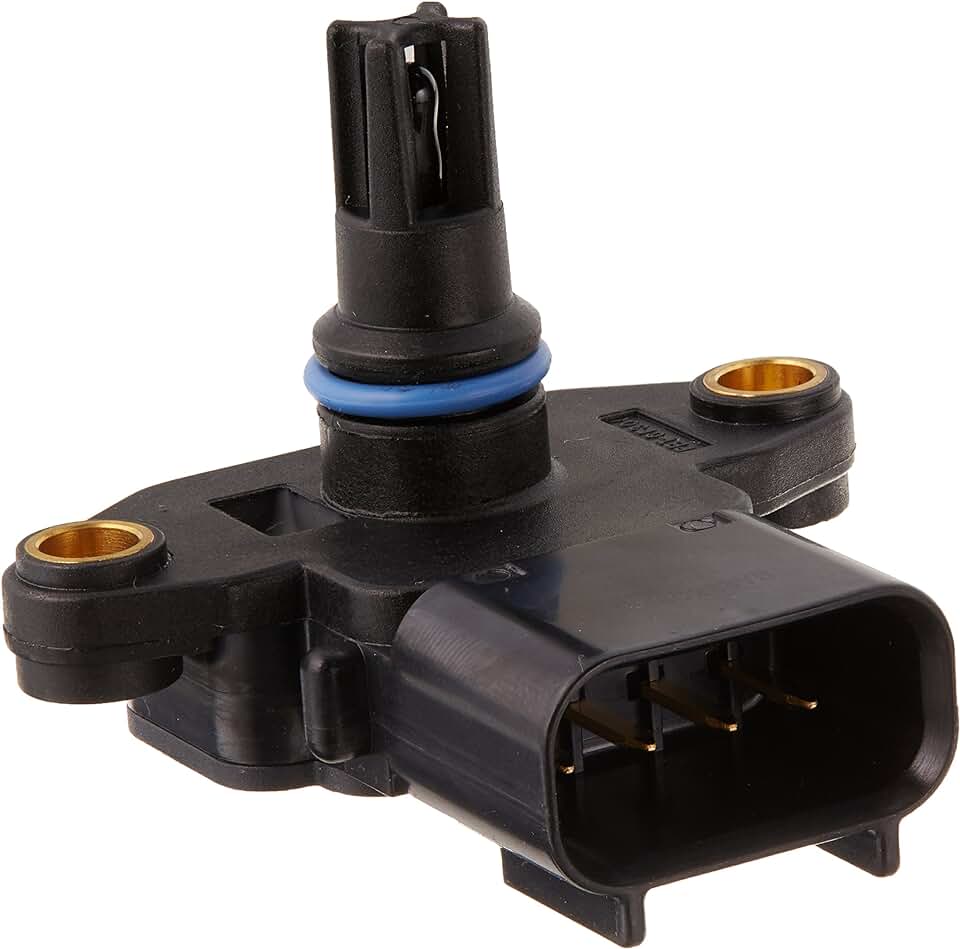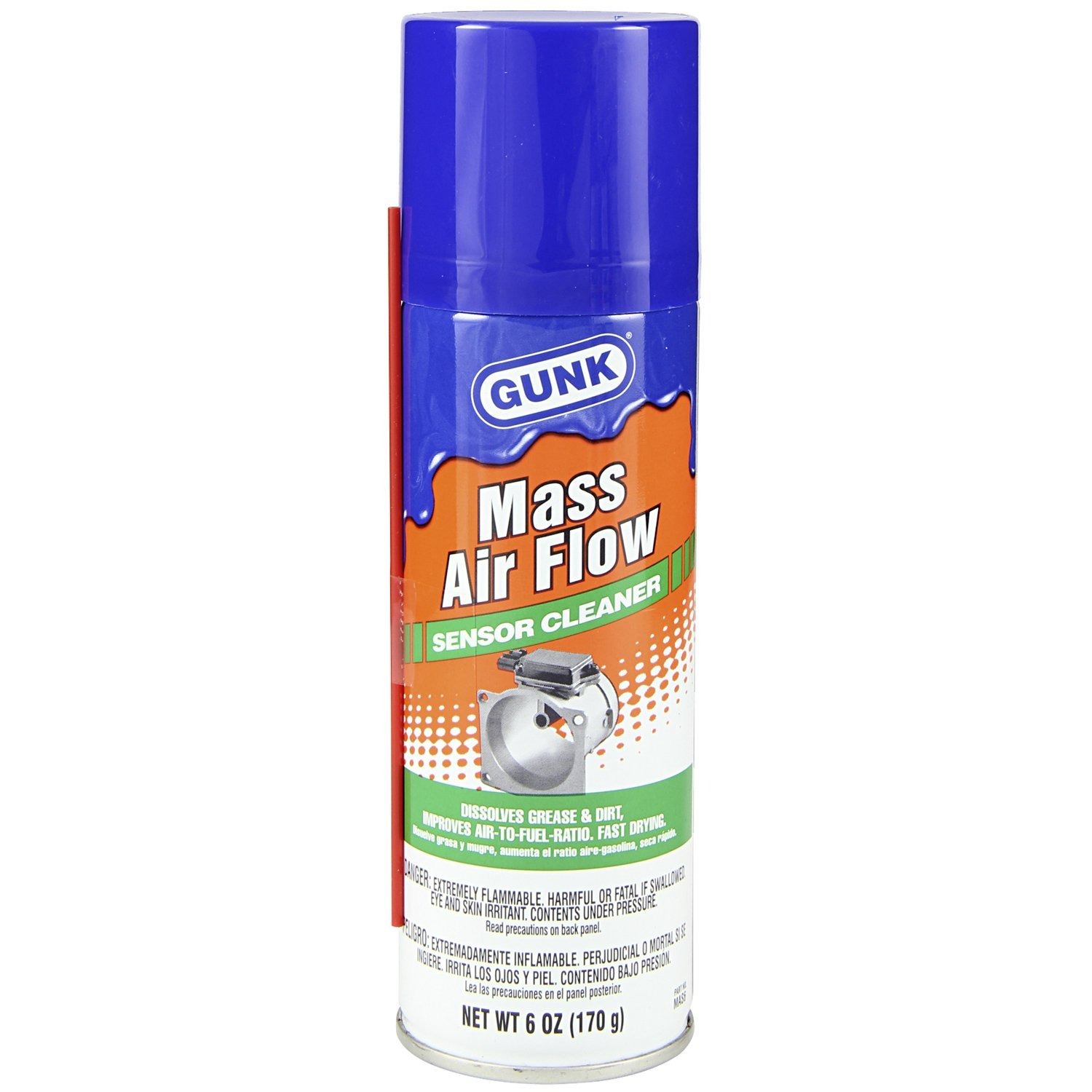"Map Sensor Cleaner: A Comprehensive Guide for Improved Engine Performance"
The Manifold Absolute Pressure (MAP) sensor is a crucial component of your vehicle's engine management system, responsible for measuring the intake manifold's pressure. Over time, this sensor can become dirty or clogged, affecting engine performance. In this comprehensive guide, we will explore the significance of the MAP sensor, the symptoms of a dirty MAP sensor, and how to use map sensor cleaner to restore your engine's efficiency.
I. Understanding the MAP Sensor
To comprehend the importance of cleaning the MAP sensor, let's begin by understanding its role in your vehicle's operation:
1.1 MAP Sensor Function:
The MAP sensor measures the air pressure in the intake manifold and sends this data to the Engine Control Module (ECM) or Powertrain Control Module (PCM).
1.2 Fuel-Air Ratio:
This sensor's data helps the ECM/PCM determine the appropriate fuel-air mixture for optimal combustion and engine performance.

map sensor cleaner
II. Symptoms of a Dirty MAP Sensor
A dirty or clogged MAP sensor can lead to various engine-related problems. Recognizing these symptoms is essential for timely maintenance:
2.1 Poor Fuel Economy:
A dirty MAP sensor can cause incorrect fuel-air ratios, resulting in decreased fuel efficiency.
2.2 Rough Idling:
If the MAP sensor fails to provide accurate data, the engine may experience rough idling, making the vehicle less smooth and responsive.
2.3 Engine Stalling:
In severe cases, a clogged MAP sensor can lead to engine stalling, leaving you stranded.
2.4 Reduced Power:
The engine may lose power, making it challenging to accelerate or climb steep grades.
III. Importance of Cleaning the MAP
Sensor Regular maintenance, including cleaning the MAP sensor, is vital for your vehicle's overall health:
3.1 Improved Efficiency:
Cleaning the MAP sensor ensures accurate data transmission, resulting in improved fuel efficiency and performance.
3.2 Cost Savings:
Preventive maintenance can save you money on expensive engine repairs down the road.

map sensor cleaner
IV. How to Clean the MAP Sensor
Now that you understand the importance of cleaning the MAP sensor let's delve into the step-by-step process:
4.1 Gather Your Supplies:
Before you begin, make sure you have the necessary supplies, including map sensor cleaner, a socket set or pliers, safety glasses, and gloves.
4.2 Locate the MAP Sensor:
Consult your vehicle's service manual to locate the MAP sensor. It is typically situated on the intake manifold or near the throttle body.
4.3 Disconnect the Battery:
For safety, disconnect the vehicle's battery to prevent accidental electrical shorts.
4.4 Remove the MAP Sensor:
Use a socket set or pliers to carefully remove the MAP sensor from its mounting location.
4.5 Spray with Map Sensor Cleaner:
Hold the MAP sensor over a clean rag or paper towel and spray it thoroughly with map sensor cleaner. Avoid touching the sensor with your hands.
4.6 Allow to Dry:
Let the sensor air dry completely. This may take a few minutes.
4.7 Reinstallation:
Carefully reattach the MAP sensor to its original location, ensuring a secure fit.
4.8 Reconnect the Battery:
Reconnect the vehicle's battery to restore power.
4.9 Test Drive:
Take your vehicle for a test drive to evaluate whether the cleaning has improved engine performance.
V. How Often Should You Clean the MAP Sensor?
The frequency of MAP sensor cleaning depends on various factors, including driving conditions and the vehicle's age. As a general guideline, consider cleaning the MAP sensor during routine tune-ups or if you notice any of the symptoms mentioned earlier.
Maintaining your MAP sensor is a simple yet effective way to ensure your vehicle's engine operates at its best. With the use of map sensor cleaner and regular inspections, you can prevent performance issues, save on fuel costs, and extend the life of your vehicle. Keep an eye out for the symptoms of a dirty MAP sensor, and when necessary, follow the cleaning process outlined in this guide to keep your engine running smoothly.